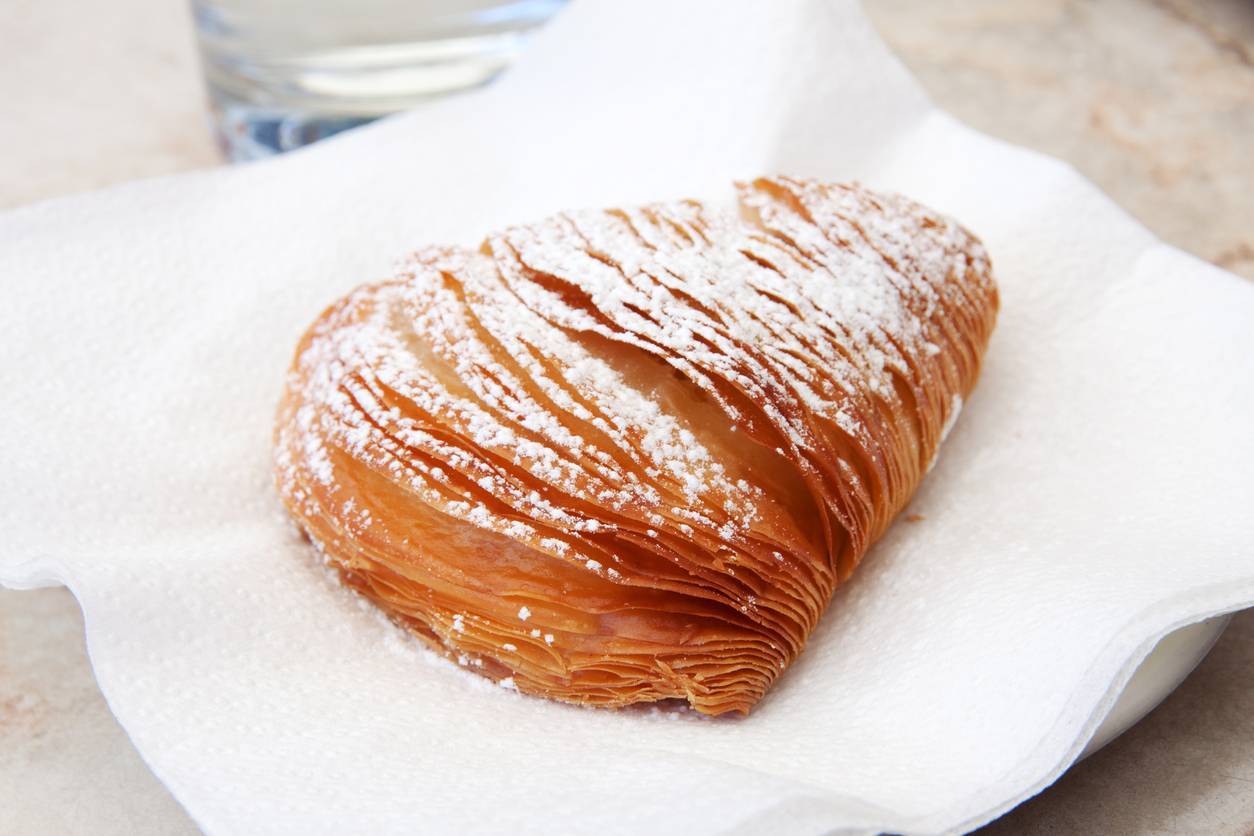What to eat in Naples
Pizza, spaghetti, ragù, mozzarella, babà, sfogliatella, pastiera, coffee, salami from Naples, struffoli, chiacchiere, zeppole di San Giuseppe, tortano, casatiello, caprese, delights, cannelloni, lasagna, falanghina, limoncello and so on ad infinitum .
The Neapolitan gastronomy could be limited to being a long list of dishes and products that started from the poor kitchens of Naples and together with the Neapolitans they went around the world, to become a symbol not only of the city, but of all the Italian cuisine in the world . The Neapolitans have invented gastronomic globalization. Even before the fast food restaurants invaded the cities of the world, the Neapolitans reached every corner of the world bringing pizza, spaghetti and Mediterranean cuisine.
A popular and market kitchen
If you really want to know Neapolitan cuisine, get yourself invited at home by a Neapolitan, preferably on a Sunday. Get ready for a food marathon of about ten dishes, prepared from early morning until lunchtime. A journey through the history of the best cuisine in the world, a journey you will never forget.
The prince of Neapolitan first courses is ragù. To do this it takes many hours of cooking and selected pieces of meat. Cannelloni and lasagna are a little less elaborate. For those who do not have the time and strength to spend 6-7 hours checking the cooking of the "rraù" or filling cannelloni, the first course to prefer is a hasty spaghetti with tomato, or with mussels or clams. Some dishes can still be found in restaurants, especially in the most popular trattorias: Pasta and potatoes with provola, Lampi e tuoni (tagliatelle with chickpeas), pasta with cauliflower, sautéed soup made with pork entrails, and much, very spicy.
The Neapolitan pizza is cooked strictly in a wood-fired oven, with the handmade pasta to which is added Campanian tomato and buffalo mozzarella. We can't tell you the flavor: you have to go to Naples and enter any of the city's pizzerias. If you happen to enter a Neapolitan delicatessen, you will notice envelopes that contain what remains of the cut of cured meats mixed with spicy cheese, are the basic ingredients of pies, one of the Neapolitan traditions par excellence. They are a mixture of sweet and savory, with a pasta grown with cold cuts, cheese and hard-boiled eggs. They are mainly prepared for the arrival of spring, and are called Tortano or Casatiello. Always with the same pasta the pizzas stuffed with sausages and friarielli (a local vegetable) or the pizzas with the endive are prepared.
The second dishes of Neapolitan cuisine are a direct derivation of the cooking of the former. For example, from the ragù are left the tracchie, the pork chops or the chop, cow meat filled with garlic, parsley and other spices. Neapolitan cuisine has always been poor, so the use of meat in traditional recipes has always been limited. The second traditional dishes are almost always seafood dishes in an apotheosis of vinegar, oil, garlic, tomato and fantasy: breaded and fried anchovies, eggplant parmigiana, fried or stuffed calamari, zucchini with scapece, octopus salad, mussels in soup or au gratin, pancakes with seaweed.
Let's start with Sunday desserts, those always present in pastry shops. The Babà, a soft sponge cake soaked in a mixture of rum, water and sugar. Then there are the sfogliatella frolla and the sfogliatella riccia, with an exterior of crunchy puff pastry or thick shortbread but with the same filling of semolina, ricotta, eggs, sugar, candied fruit cut into small pieces. These are the most popular desserts but enter a pastry shop and you will be enchanted by the variety: sciù, heads of moor, babas in every variant, delicious and then and then ... Then there are the desserts of the holidays: at Easter the mistress of the table is the pastiera, shortcrust pastry and wheat, candied and ricotta filling. At Christmas, they control the struffoli, balls of shortcrust pastry sprinkled with honey and sugar grits. In Carnevale, on the other hand, chiacchiere triumph, very thin shortcrust pastry cut into strips, fried and sprinkled with icing sugar.
Campania is rich in white and red DOC and DOCG wines. The choice is practically unlimited, even if the Neapolitans have clear preferences. For whites they often choose Falanghina and for red, Aglianico. Liqueurs: as for the Ragù, also for liqueurs is the rule of the secret recipe for each family. On the tables of the Neapolitans to lighten the lunch arrive limoncelli, nocilli, liqueurs of basil or licorice, all packaged at home. No Neapolitan gets up from the table without a good cup of coffee, to which is sometimes added a "hold" of anise, a drop of anise or sambuca. The coffee ritual takes place mainly in bars, during the days of celebration or work. For a Neapolitan, every moment is good for a coffee: if you thoroughly investigate the history of this city and its inhabitants, you will certainly discover that many fundamental decisions have been taken, in front of "na tazzulella è café"






